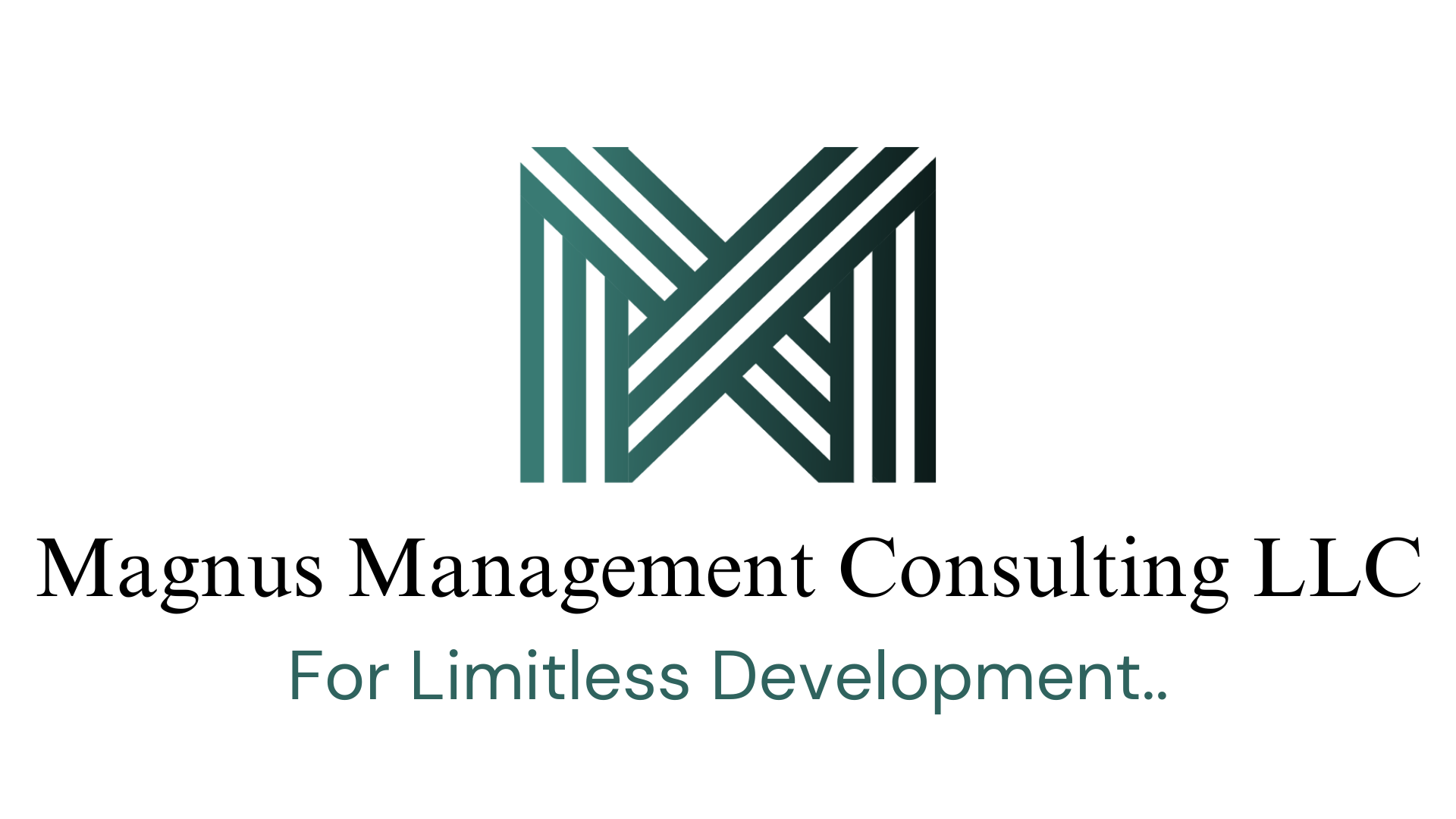Achieving Excellence with ISO 9001:2015 Quality Management System
In the highly competitive world of business, maintaining high standards of quality is essential for success. ISO 9001:2015, the latest edition of the internationally recognized Quality Management System (QMS) standard, provides a robust framework for ensuring consistent quality and continual improvement. This blog post explores the key aspects of ISO 9001:2015, its benefits, and how it can transform your business operations.
Understanding ISO 9001:2015
ISO 9001:2015 is part of the ISO 9000 family of standards, which are designed to help organizations meet customer and regulatory requirements while enhancing customer satisfaction. The 2015 revision of ISO 9001 introduced a number of significant changes aimed at making the standard more applicable to the modern business environment. Key features include:
- Risk-Based Thinking: Emphasizes the identification and management of risks and opportunities.
- Leadership and Commitment: Highlights the role of top management in establishing and maintaining a successful QMS.
- Process Approach: Encourages the understanding and management of interrelated processes to achieve consistent and predictable results.
- Continual Improvement: Focuses on enhancing performance and driving ongoing improvements.
The Structure of ISO 9001:2015
ISO 9001:2015 is structured around the Plan-Do-Check-Act (PDCA) cycle, a dynamic cycle for continuous improvement. The standard is organized into 10 clauses:
- Scope: Defines the scope of the standard.
- Normative References: Provides references to essential documents.
- Terms and Definitions: Clarifies key terms used in the standard.
- Context of the Organization: Involves understanding the organization and its context, identifying internal and external issues, and determining relevant stakeholders and their requirements.
- Leadership: Focuses on top management’s role in demonstrating leadership and commitment to the QMS.
- Planning: Involves actions to address risks and opportunities, setting quality objectives, and planning changes.
- Support: Covers the resources needed for the QMS, including personnel, infrastructure, and documented information.
- Operation: Details the processes for delivering products and services, including planning, control, and design.
- Performance Evaluation: Involves monitoring, measurement, analysis, and evaluation of the QMS.
- Improvement: Focuses on actions to enhance performance, including corrective actions and continual improvement initiatives.
Benefits of ISO 9001:2015 Certification
Achieving ISO 9001:2015 certification offers numerous benefits for organizations of all sizes and industries:
- Enhanced Quality: Ensures that products and services consistently meet customer and regulatory requirements.
- Increased Efficiency: Streamlines processes and reduces waste, leading to cost savings and improved productivity.
- Customer Satisfaction: Enhances customer satisfaction by delivering high-quality products and services.
- Competitive Advantage: Demonstrates a commitment to quality and continual improvement, setting your organization apart from competitors.
- Regulatory Compliance: Helps ensure compliance with relevant laws and regulations, reducing the risk of legal issues.
- Risk Management: Promotes a proactive approach to identifying and managing risks and opportunities.
- Employee Engagement: Involves employees in the quality management process, leading to higher levels of engagement and morale.
Implementing ISO 9001:2015
Implementing ISO 9001:2015 involves several steps:
- Gap Analysis: Assess current processes against ISO 9001:2015 requirements to identify gaps and areas for improvement.
- Planning: Develop a detailed implementation plan, including objectives, timelines, and responsibilities.
- Training and Awareness: Provide training to employees on ISO 9001:2015 requirements and the importance of the QMS.
- Documentation: Develop and maintain necessary documentation, including the quality policy, quality objectives, and procedures.
- Process Implementation: Implement the necessary processes and controls to meet ISO 9001:2015 requirements.
- Internal Audits: Conduct internal audits to evaluate the effectiveness of the QMS and identify areas for improvement.
- Management Review: Top management reviews the QMS to ensure its ongoing suitability, adequacy, and effectiveness.
- Certification Audit: An external auditor assesses the QMS to determine if it meets ISO 9001:2015 requirements. Successful completion of the audit leads to certification.
Conclusion
ISO 9001:2015 is a powerful tool for organizations seeking to improve their quality management practices and achieve excellence. By implementing this internationally recognized standard, businesses can enhance their efficiency, customer satisfaction, and competitive advantage. The journey to ISO 9001:2015 certification requires commitment and effort, but the rewards are well worth it.
Start your journey towards excellence today by exploring the benefits of ISO 9001:2015 and taking the first steps towards certification. With a robust QMS in place, your organization will be well-equipped to meet the challenges of the modern business environment and achieve sustained success.

لا تعليق